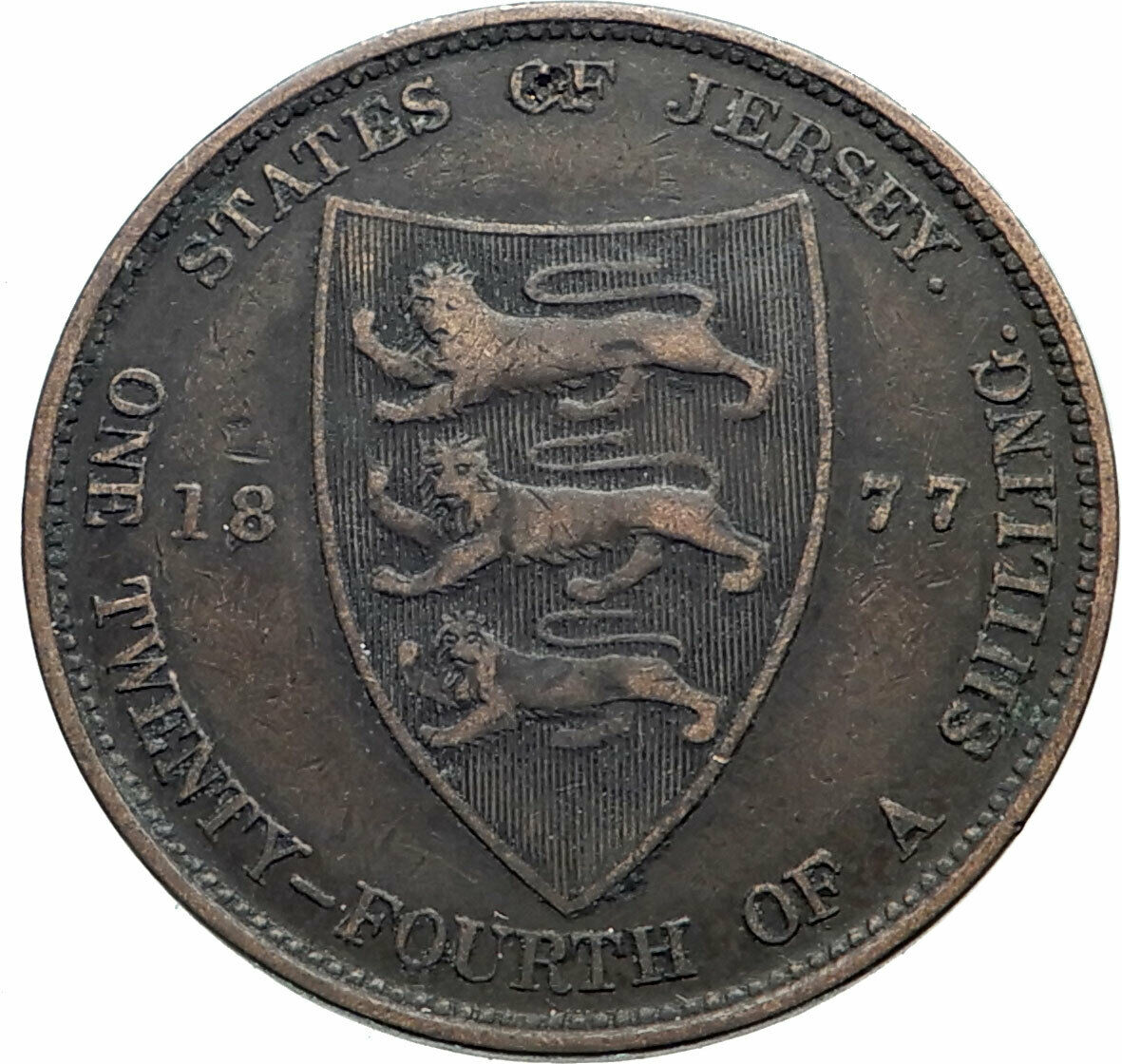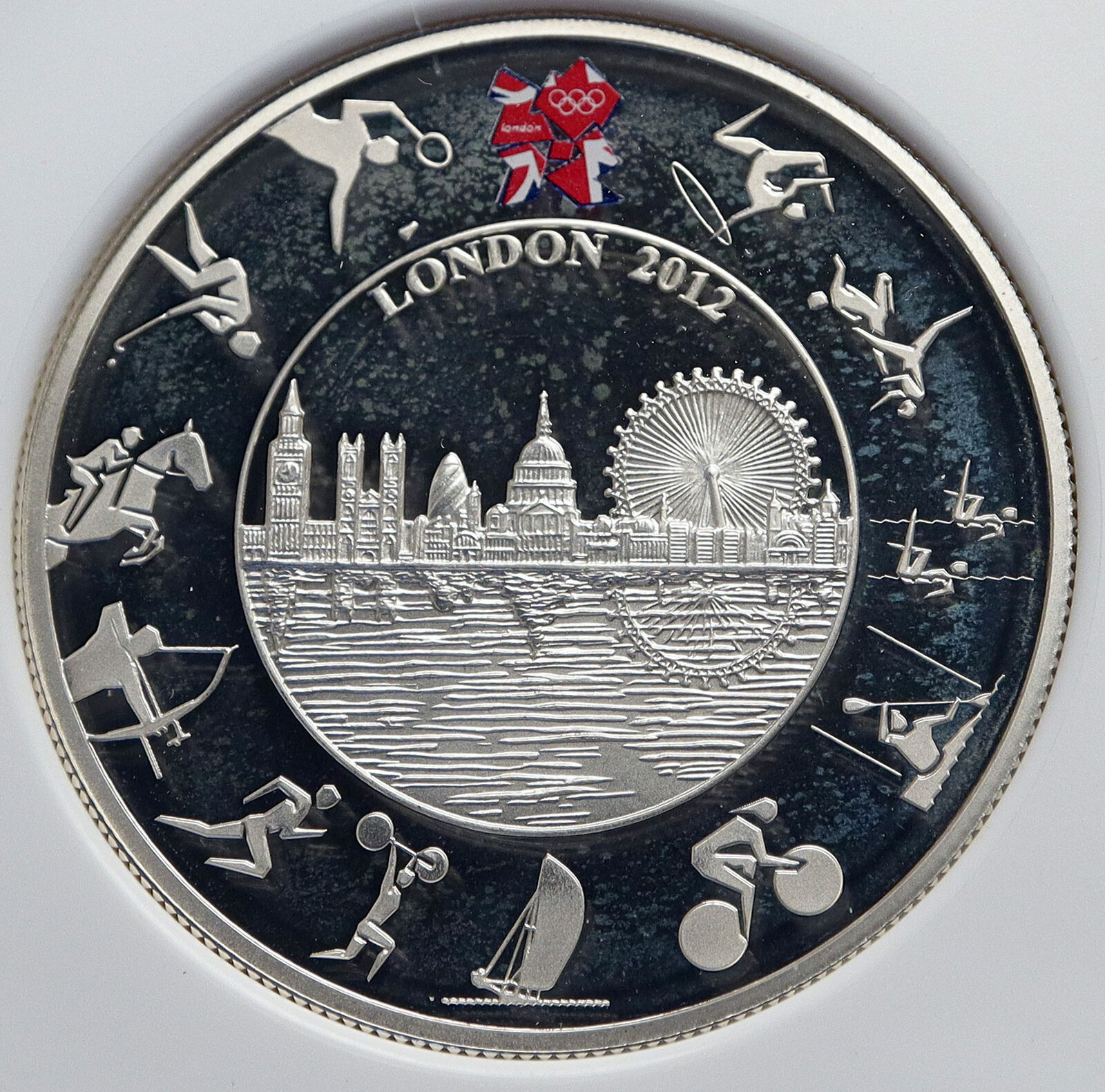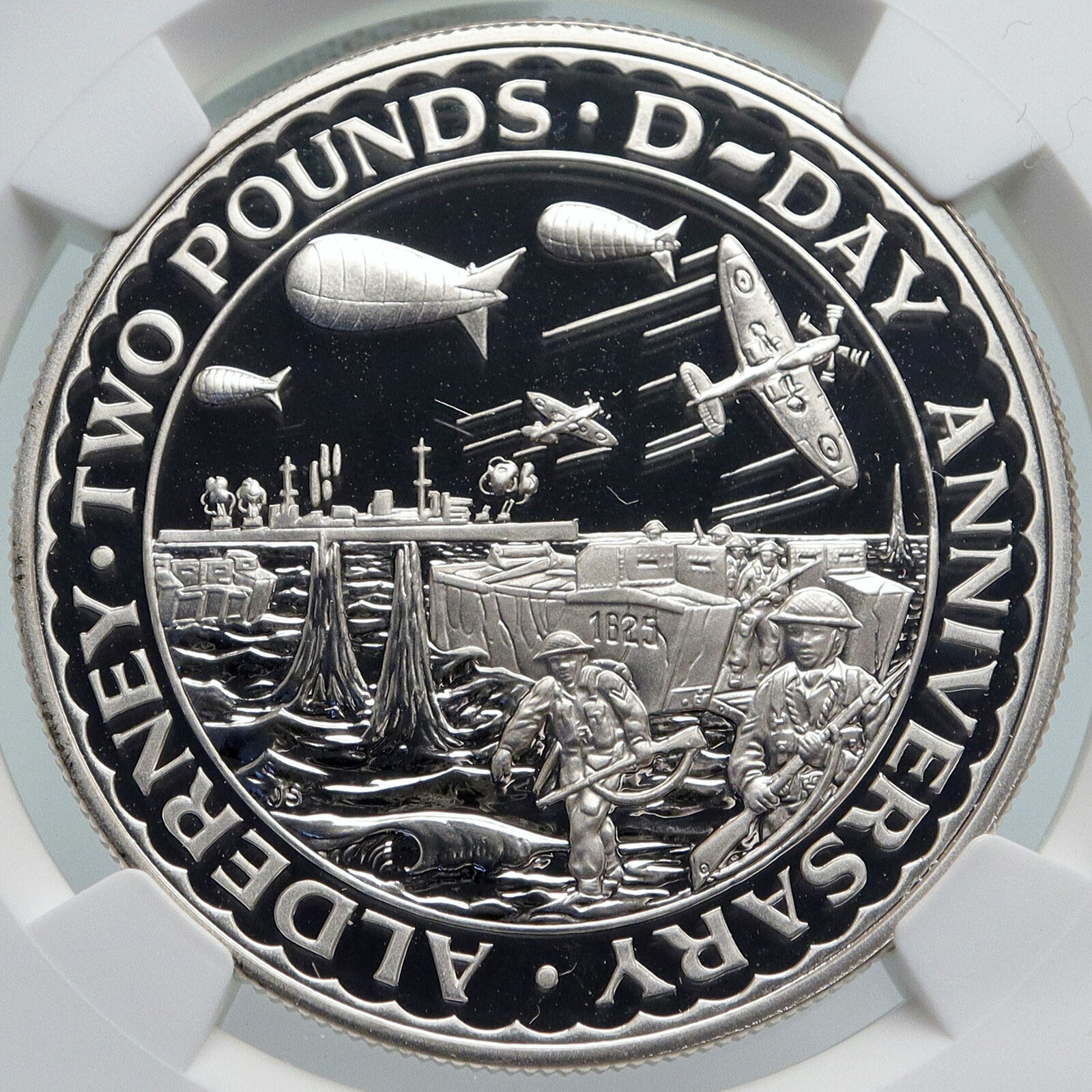|
England – Staffordshire – Rushbury & Woolley – Conder Token
1811 Penny Conder Token 35mm (19.17 grams)
Reference: N# 59861
ONE POUND NOTE FOR 240 TOKENS 1811, Image of Laurette with “One Pound note” “For 240 Tokens” around edge, with 1811 at bottom.
PAYABLE BY RUSHBURY & WOOLEY BILSTON, Image of Large Building.
You are bidding on the exact item pictured, provided with a Certificate of Authenticity and Lifetime Guarantee of Authenticity.
Conder Tokens, also known as 18th century provincial Tokens, are a form of privately minted token coinage struck and used during the latter part of the 18th Century and the early part of the 19th Century in England, Anglesey and Wales, Scotland, and Ireland.
The driving force behind the need for token coinage was the shortage of small denomination coins for everyday transactions. However, the demand was fueled by other factors such as the Industrial Revolution, population growth, and the preponderance of counterfeit circulating coins. Because the government made little effort to ameliorate this shortage, private business owners and merchants took matters into their own hands, and the first tokens of this type were issued in 1787 to pay workers at the Parys Mine Company. By 1795, millions of tokens of a few thousand varying designs had been struck and were in common use throughout Great Britain.
Collecting Conder tokens has been popular since shortly after they were first manufactured, resulting in the availability today of many highly preserved examples for collectors. The demarcation of what is or is not considered a Conder token is somewhat unclear; however, most collectors consider Conder tokens to include those indexed originally by James Conder or later by Dalton & Hamer.
 Sandwich is a historic town and civil parish on the River Stour in the non-metropolitan district of Dover, within the ceremonial county of Kent, south-east England. It has a population of 4,985. Sandwich was one of the Cinque Ports and still has many original medieval buildings, including several listed public houses and gates in the old town walls, churches, almshouses and the White Mill. While once a major port, it is now two miles from the sea due to the disappearance of the Wantsum Channel. Its historic centre has been preserved. Sandwich Bay is home to nature reserves and two world-class golf courses, Royal St George’s and Prince’s. The town is also home to many educational and cultural events. Sandwich also gave its name to the food by way of John Montagu, 4th Earl of Sandwich, and the word sandwich is now found in several languages. Sandwich is a historic town and civil parish on the River Stour in the non-metropolitan district of Dover, within the ceremonial county of Kent, south-east England. It has a population of 4,985. Sandwich was one of the Cinque Ports and still has many original medieval buildings, including several listed public houses and gates in the old town walls, churches, almshouses and the White Mill. While once a major port, it is now two miles from the sea due to the disappearance of the Wantsum Channel. Its historic centre has been preserved. Sandwich Bay is home to nature reserves and two world-class golf courses, Royal St George’s and Prince’s. The town is also home to many educational and cultural events. Sandwich also gave its name to the food by way of John Montagu, 4th Earl of Sandwich, and the word sandwich is now found in several languages.
The place-name ‘Sandwich’ is first attested in the Anglo-Saxon Chronicle, where it appears as Sondwic in 851 and Sandwic in 993. In the Domesday Book of 1086 it appears as Sandwice. The name -wich comes from the Anglo Saxon -wīc, meaning a dwelling or fortified place where trade takes place. The name means “market town on sandy soil”.
Before Sandwich became a Cinque Port, the ancient Saxon town of Stonar on the bank of the Wantsum estuary, but on the opposite side of the mouth of the River Stour, was already well established. It remained a place of considerable importance but it disappeared almost without trace in the 14th century. The ruins of the major Roman fort of Richborough are close by. It was the landing place of the Roman invasion of Britain in AD 43. In 2008, an archaeological dig proved that this was a defensive site of a Roman beachhead, protecting 700 metres of coast.
In 1028 King Canute (c. 995-1035) granted a charter to the monks of Christ Church, Canterbury, to operate a ferry across the river and collect tolls. In 1192, returning from the Third Crusade, Richard the Lionheart was jailed by the Holy Roman Emperor Henry VI. Henry released Richard in February 1194. On 13 March 1194, Richard landed at the port of Sandwich and came back to England. On 21 May 1216, Prince Louis of France landed at Sandwich in support of the First Barons’ War against King John. The Battle of Sandwich occurred just off the coast in 1217.
 The Port of Sandwich is no stranger to odd events in English history. It was here that the first captive elephant was landed in England by the emperor Claudius. Later another elephant was landed here, in 1255. The prize beast arrived at Sandwich quayside, delivered as a gift to the English monarch Henry III from the French king, and was then taken on foot to the king’s menagerie in the Tower of London. The journey through Kent is reported to have proceeded without incident, except when a bull in a field by the roadside took umbrage at the great beast passing and attacked it. In one move, the animal was thrown by the elephant and killed outright. The Port of Sandwich is no stranger to odd events in English history. It was here that the first captive elephant was landed in England by the emperor Claudius. Later another elephant was landed here, in 1255. The prize beast arrived at Sandwich quayside, delivered as a gift to the English monarch Henry III from the French king, and was then taken on foot to the king’s menagerie in the Tower of London. The journey through Kent is reported to have proceeded without incident, except when a bull in a field by the roadside took umbrage at the great beast passing and attacked it. In one move, the animal was thrown by the elephant and killed outright.
The Fisher Gate on the quay dates from 1384, and has been scheduled as an Ancient Monument. It is the only one of the original mediaeval town gates to survive. It is a Grade I listed building. The nearby Barbican dates from the 14th century and stands at the end of the bridge over the River Stour where it was used as a toll house.
On 28 August 1457, after four years of uneasy peace in England the king presided over a wasting realm, with feudal barons lording it over the population of the north and the west. The French took advantage of the situation by sending a raiding party to Kent, burning much of Sandwich to the ground. A force of around 4,000 men from Honfleur, under the command of Pierre de Brézé, Marshal of France, came ashore to pillage the town, in the process murdering the mayor, John Drury. It thereafter became an established tradition, which survives to this day, that the Mayor of Sandwich wears a black robe in mourning for this ignoble deed.
Sandwich later gained significantly from the skills brought to the town by many Flemish settlers, who were granted the right to settle by letters patent from Elizabeth I, dated 6 July 1561. Sandwich was the only town in England that housed more so-called “strangers” than native Englishmen in the 16th century. Historian Marcel Backhouse estimated there were at least 2,400 Flemish and 500 Walloon exiles living in Sandwich at the time. These settlers brought with them techniques of market gardening, and were responsible for growing the first English celery, which was already and still very popular in Flanders. Elizabeth I granted 25 Flemish families permission to live in Sandwich, and St Peter became the “Stranger’s Church” in 1564 when the plague came to the town, in an effort to halt the spread of the disease. The 1661 tower collapse was repaired by the Flemish community, and the distinctive tower reflects their work. The Huguenot refugees also brought over Flemish architectural techniques, that are now as much a part of Kent as the thatched cottage. One can still see the difference between the English (lower section) and Flemish (upper section) of the tower. In addition techniques of silk manufacture were imported, enhancing the Kent cloth industry.
The coat of arms of Sandwich is blazoned Per pale Gules and Azure three demi-Lions passant guardant in pale Or conjoined with as many sterns of demi-Ships Argent; see photo. It is one of the earliest heraldic examples of dimidiation, an early method of combining two different coats of arms: in this case the Royal Arms of England (1198-1340), Gules three lions passant guardant Or langued and armed Azure, and the Arms of the Cinque Ports, Azure three ships Or. The title Earl of Sandwich was created in 1660 for the prominent naval commander Admiral Sir Edward Montagu (1625-72).
In 1759, Thomas Paine (1737-1809) had his home and shop in a house at 20 New Street. The house is now marked with a plaque and is a listed building.
In 1912 Sir Edwin Lutyens (1869-1944) built The Salutation in Queen Anne style. The gardens were laid out by Gertrude Jekyll. In World War One, Sandwich was important as a transit location for troops heading to Ypres.
In 1980 Jean Barker became, in the full recitation of her life peerage, Baroness Trumpington, of Sandwich in the County of Kent. In 2014 an original copy of Magna Carta, issued in 1300, was found together with a copy of the Charter of the Forest. It was only the second time in history that the two documents have been found together. They are now displayed alongside other historical artefacts in the Sandwich Guildhall Museum.
|





 Sandwich is a historic town and civil parish on the River Stour in the non-metropolitan district of Dover, within the ceremonial county of Kent, south-east England. It has a population of 4,985. Sandwich was one of the Cinque Ports and still has many original medieval buildings, including several listed public houses and gates in the old town walls, churches, almshouses and the White Mill. While once a major port, it is now two miles from the sea due to the disappearance of the Wantsum Channel. Its historic centre has been preserved. Sandwich Bay is home to nature reserves and two world-class golf courses, Royal St George’s and Prince’s. The town is also home to many educational and cultural events. Sandwich also gave its name to the food by way of John Montagu, 4th Earl of Sandwich, and the word sandwich is now found in several languages.
Sandwich is a historic town and civil parish on the River Stour in the non-metropolitan district of Dover, within the ceremonial county of Kent, south-east England. It has a population of 4,985. Sandwich was one of the Cinque Ports and still has many original medieval buildings, including several listed public houses and gates in the old town walls, churches, almshouses and the White Mill. While once a major port, it is now two miles from the sea due to the disappearance of the Wantsum Channel. Its historic centre has been preserved. Sandwich Bay is home to nature reserves and two world-class golf courses, Royal St George’s and Prince’s. The town is also home to many educational and cultural events. Sandwich also gave its name to the food by way of John Montagu, 4th Earl of Sandwich, and the word sandwich is now found in several languages.  The Port of Sandwich is no stranger to odd events in English history. It was here that the first captive elephant was landed in England by the emperor Claudius. Later another elephant was landed here, in 1255. The prize beast arrived at Sandwich quayside, delivered as a gift to the English monarch Henry III from the French king, and was then taken on foot to the king’s menagerie in the Tower of London. The journey through Kent is reported to have proceeded without incident, except when a bull in a field by the roadside took umbrage at the great beast passing and attacked it. In one move, the animal was thrown by the elephant and killed outright.
The Port of Sandwich is no stranger to odd events in English history. It was here that the first captive elephant was landed in England by the emperor Claudius. Later another elephant was landed here, in 1255. The prize beast arrived at Sandwich quayside, delivered as a gift to the English monarch Henry III from the French king, and was then taken on foot to the king’s menagerie in the Tower of London. The journey through Kent is reported to have proceeded without incident, except when a bull in a field by the roadside took umbrage at the great beast passing and attacked it. In one move, the animal was thrown by the elephant and killed outright.




